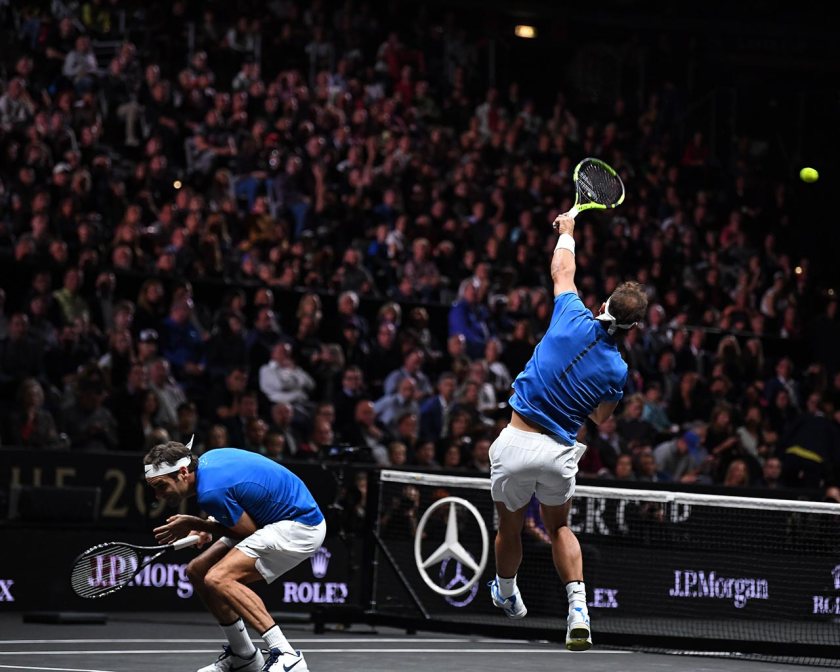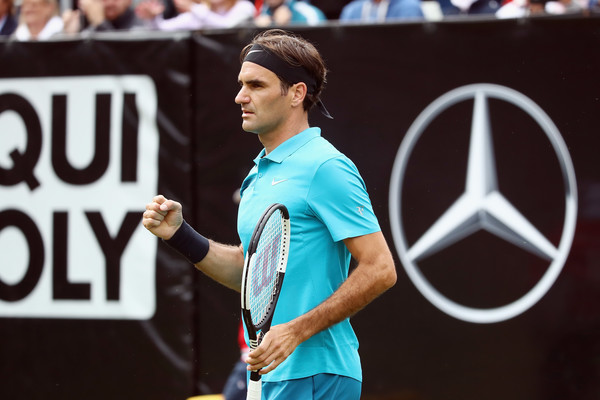There was palpable soaring of excitement once the news broke out about Roger Federer and Rafael Nadal joining forces for Team Europe in the 2019 edition of the Laver Cup in Geneva. The memories came crashing back – when Federer and Nadal made the world pause as they formed a partnership in the inaugural edition of the event in 2017 – 2018, then, was relatively subdued, although Novak Djokovic joining in, put an end to the murmuring of contentiousness between the Swiss and Serbian at long last.
The goodwill generated by Federer and Djokovic’s – read, Fedole as some called it – team-up notwithstanding, the reunion of Fedal, however, has some emotional connotations. It talks of the glory days of their duopoly, when the fight for almost every title was played out between them; it references to them becoming unlikely rivals, at a time when Federer seemed unmatched in his highs; and it goes back to an era, when breaking down a single-handed backhand against a left-handed topspin-heavy forehand was the go-to tactical discussion. Most importantly, though, it pushes us back to a time when many envisioned what a two-man team featuring these players would look like, if it were to ever happen.

2017 was as much the fruition of this dream as it was about these players’ resurrection and revival after a tough year of uncertainty and disquiet about their career paths. 2017, then, was as much about Fedal winning their doubles match in the Laver Cup as much as it was about Federer and Nadal, divvying up all four Majors in the year between them, two apiece. So, if 2017 was all about making a return, what is 2019 poised to be like?
Perhaps, it is nothing pivotal in the scheme of the season – and is just another confirmation of a player in yet another tournament. Or, perhaps, it is a cryptic indication of the incoming conclusion of a retirement that is dreaded as it is expected – with a rivalrous camaraderie that was just as unexpected, initially.
Somewhere along, in their almost 14-years of rivalry, Federer and Nadal became statesmen, displaying not just professional courteousness whenever and wherever required, but also offering helpful shoulder when needing support to the other. In that, there has been a symbiotic maturity in their association with each other, which was displayed in their shaky-yet-coordinated doubles match at the Laver Cup in 2017.
2019, then, feels like a farewell of not just a career, but to also the Fedal rivalry that held us all in its thrall as it fluidly changed courses, as if completing a circle that was unimagined in the first place.







